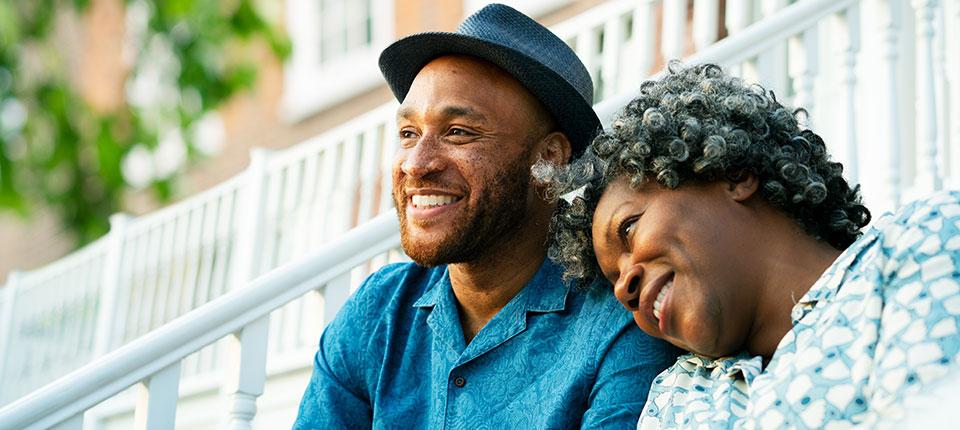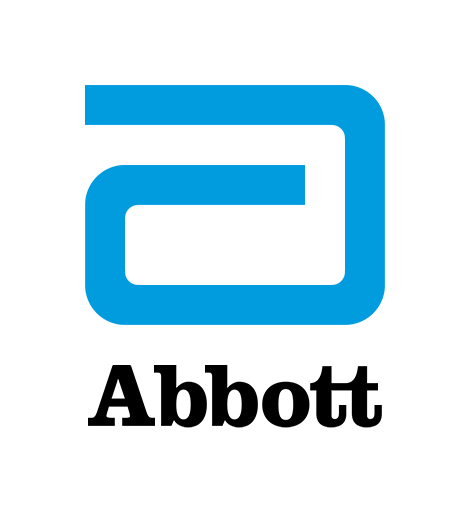Calling All Young People: Give Blood, Change Lives
Amid a blood shortage, eligible young people need to step up and donate. 10 minutes could help up to 3 people.

One one-thousand.
Two one-thousand.
Every two seconds, someone in the U.S. needs blood.
Four one-thousand.
Five one-thousand.
The problem is, we're in the midst of a blood shortage and in a pandemic. Thanks to global shutdowns over the last year, nearly 37,000 blood drives have been cancelled in the U.S. alone.
To meet this desperate demand, we need a new generation of donors to step up.
As the healthcare leader that screens nearly 60% of the world's blood supply1, we understand how critical healthy blood and plasma donors are to overall global health. However, our largest pool of U.S. donors — adults over 57 — are approaching an age where donating becomes more difficult.
That's why, in a time of need, we’re calling on young adults to help.
Millennials and Gen Z — those born between 1981-1996 and born after 1997 — we're looking at you. In as few as 10 minutes, you could Be The 1 to save lives.
A Nationwide Blood Shortage
The COVID-19 pandemic brought unique challenges with it, including a severe shortage of blood and plasma donations.
Throughout the pandemic, many of us have stayed at home, masked up, gotten vaccinated, applauded our frontline healthcare workers and protected our most at-risk community members.
But you have the power to have an even greater impact.
To become a donor.
To change lives.
To save lives.
An Intergenerational Challenge
It's no secret that many Baby Boomers and Millennials (and now Gen Z) have long dealt out pointed criticism of each other’s generation (i.e. "OK, Boomer"). Fact is, Baby Boomers have Millennials and Gen Z beat when it comes to blood and plasma donation.
Here’s the evidence: 45% of blood donations in the U.S. come from people over 50, while only 10% of donations come from people aged 23-29, and 12% from people in their 30s.
Compounded with a nationwide blood shortage, Baby Boomers are starting to approach ages where donating becomes more difficult while health risk concerns are making more of them ineligible. As our most reliable donors are aging, it's time for Millennials and Gen Z to step up and do their part — and do it regularly.
Could You Be The 1?
Since the launch of our Be The 1 campaign six years ago, we've seen how blood donations allow the global community to live healthier and fuller lives.
Now, we're shifting focus to address the ongoing blood donation shortage in the U.S., specifically asking Millennials and Gen Z to become regular donors to save lives and make an impact. You can take that as a challenge against the Baby Boomers, if you'd like.
As the world opens back up and we catch up on the things we've been wanting to do (or putting off doing) for the past year, add donating blood to the list. You'll help up to three people by doing so.
Here’s how you can Be The 1:
1. If you're already a donor, keep giving and donate regularly. You can donate whole blood every 56 days and donate plasma every 28 days.2-3
2. If you're not a donor, consider becoming one if you’re eligible. To find your nearest donation center and schedule an appointment:
- If you’re located in the U.S., visit bethe1donor.abbott.
- For all other countries, visit www.bethe1donor.com/donate.
3. Spread the word to your friends, family, and followers.
4. When you donate, upload a selfie with the hashtag #ElbieSelfie to your personal social channels to show your support for the cause and inspire your followers to donate.
Millennials and Gen Z: This is your time. Step up, do your part, and help meet a desperate demand.
Every 2 seconds, your donations have the power to change lives.
Ninety one-thousand.
Ninety-one one-thousand.
Forty-five people.
You can help. You can Be The 1.
References
1 2019 Annual Report. Abbott.
2 Requirements by Donation Type. American Red Cross.
3 AB Elite Plasma Donation. American Red Cross.

